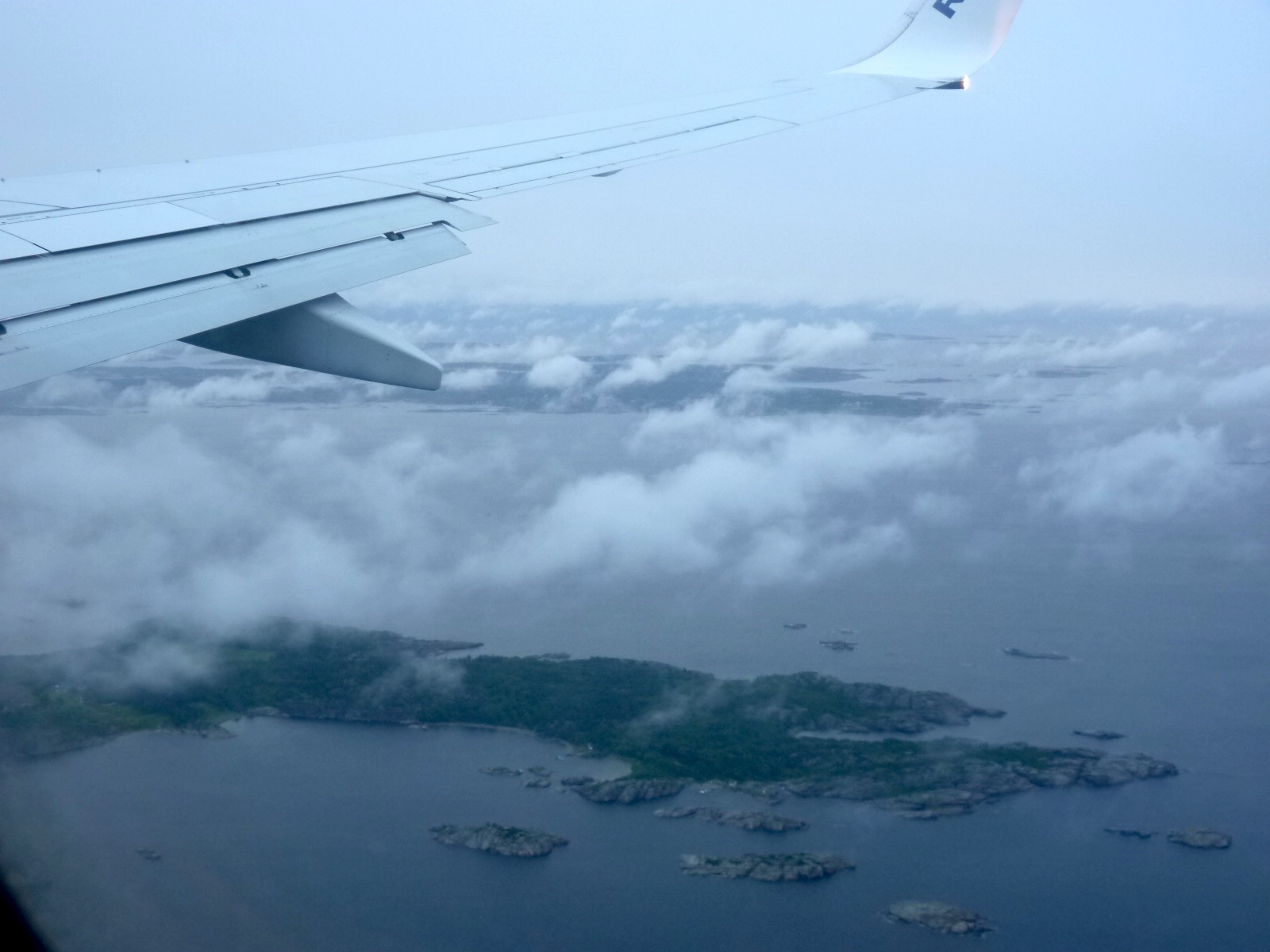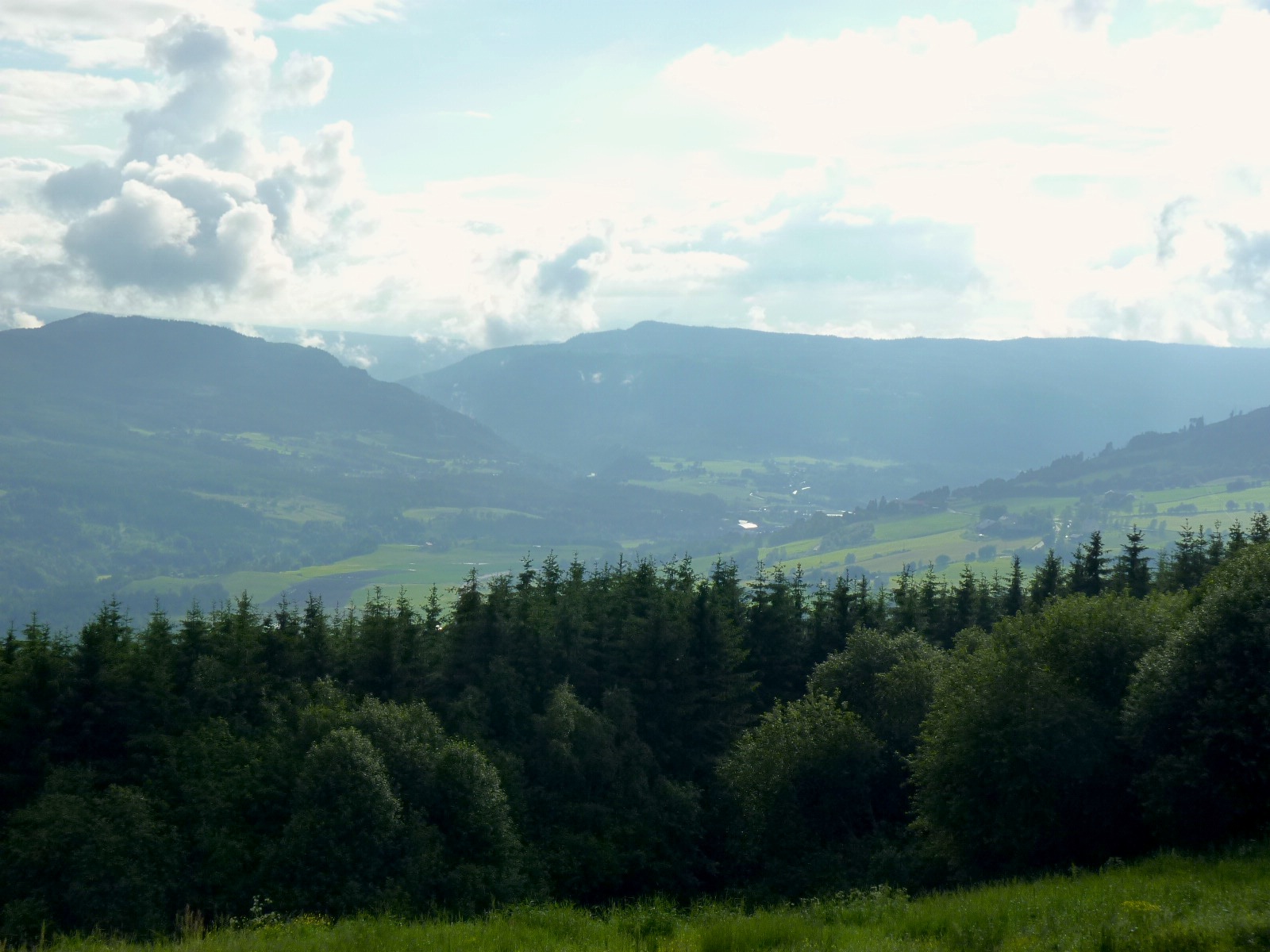Well, our housesitting assignment and therefore our time in Spain has come to an end. So, time for a recap! It's been an...interesting 4 weeks with great and not so great experiences. But overall we gained a love for Spain, and the feeling that we did a great job of seeing so much in the Region of Murcia. Due to an urgent family need, Jon boarded a flight early this morning to Madrid and then on to Seattle, Washington. He'll be gone for 10 days while I'm working my way up the Mediterranean coast to meet him when he returns in Frankfurt on the 29th of August. It's weird - we haven't been apart for more than 3 days since June 2012! But that's a different blog post. We're moving from housesitting to try our hand at a work exchange and will be traveling to Todi, Italy in Tuscany from September 2-17 to tend a vineyard and help build a cantina. But anyway, on to the recap. The Beaches of Costa Calida in August
Although our 'home' for the month is basically in the middle of nowhere, we couldn't miss out on taking advantage of our region, aptly called "Home of the Sun." We made a point to visit the beach as often as we could. The beaches of Mar Menor are about 45 minutes from our housesit, but we decided to spend our time on the Mediterranean, which took us further south towards Cartegena and down the coast.
By far our favorite beaches became those at the Parque Regional de Calblanque. The water is crystal clear, the perfect temperature and not too rough. It's a bit of a drive, but so so beautiful. It's also nice that it's... 'naturalist' friendly because I discovered that I really do NOT enjoy tan lines...
We visited the town of Aguilas, south of Cartagena, a beautiful town right on the water, surrounded by coves and rocky cliffs. Aguilas, like La Union, has a great arts scene and there was a beautiful modern performing arts center just opened in 2011. It's so clear that everything inland really does close in August and that Spaniards head to the coast. Where Murcia and the town centers are like ghost towns, the coast is hopping - with multiple cultural and sporting events almost every night of the week.
We drove past Aguilas to try and find a spot in one of the many beautiful little cove beaches. We drove out of town and down a little road and were shocked at what we saw. Not just umbrellas and towels - but tiny little beaches packed with camping tents, tables, chairs stacks of coolers and people everywhere. These people come prepared to spend all hours of the day, with multiple meals and plenty of beverages. This was in the middle of the week! It wasn't just a case of a crowded beach - this is beach culture in its essence.
You know how guidebooks give you advice on when to go to a place and when not to because "beaches are crowded?" Yeah, they don't really tell you just how crowded they can be. When we arrived in late July, the beaches were occupied but not dominated. It's crazy to think that in about 8 days the beaches will probably be empty again.
Anyway. Note: do not go to the beach in August in Spain (except that it's awesome and beautiful and I actually have a tan, yipee).
Valle de Ricote Towns
Driving north out of Murcia, we drove up into the Valle de Ricote along the Rio Segura. A completely different setting from the wide flat valley of Murcia, the Valle de Ricote is complete with dramatic jagged rocky mountains, a green narrow river valley, and adorable little hill towns with small plazas and flags hanging between buildings over the street. Each little town has it's own specialty: Archena for traditional sausages; Ojos for sweet sugary poundcakes; wine in Ricote; water wheels and bullfighting in Blanca and so on. It felt worlds away from the busy highways, industrial centers and urbanization near where we've been staying. Definitely worth a visit!
Driving in Spain
Speaking of driving - doing it in Spain sucks. It's like transportation planners tried to think of every contingency situation and overcompensated with every kind of sign on top of one another. Add roundabouts with lights in the middle of them, highway merge lanes where cars just come to a complete stop before entering traffic that's going 70mph and signs that tell you a town name, but have no directions (as in north, sound, east, west) and you've got a complete cluster f*!k.
Housesitting
It can't be understated how fortunate we feel for being able to spend 7 weeks overseas with free accommodations because of the housesitting assignments we've taken. That's pretty awesome. I do think that doing this for a vacation and having a home somewhere would be an amazing and inexpensive way to travel for the future. For us, it didn't quite deliver on what we hoped for.
First, we have yet to meet a single Spaniard. That's really sad since Jon is already gone and I'm leaving Wednesday. The two assignments we've taken were both very rural and therefore very isolated. Because of tourist season and the increased chance of non-Spaniards being stopped on the road, going out at night and even having one drink is out of the question. It makes us really love our 3 days in Alicante, when we stayed right in town and could be part of the action.
I've also learned that 5 dogs in a small space and 5 indoor cats in a one bedroom house is a recipe for disaster a less than desirable situation. We've scooped more kitty litter and cleaned up more animal mess than I ever want to. Uck. Really, this whole assignment would have been fine if we had a pool :)
Regardless, I'm incredibly grateful for our time here, and I love Spain more than ever. I love the sun, the food, the pace of life. And even though I spent years learning to speak French, I really enjoy speaking Spanish. I look forward to sharing the next 10 days of adventure with you.
Cheers.









